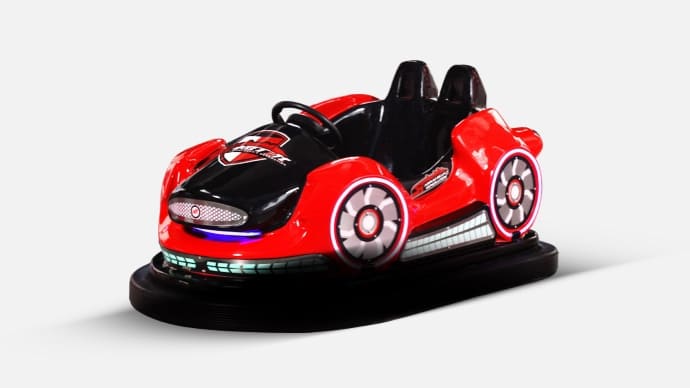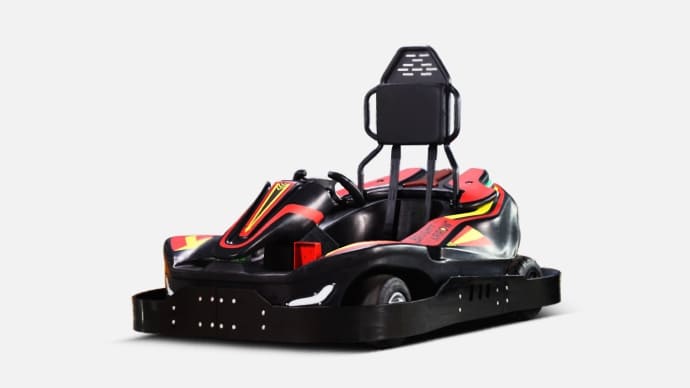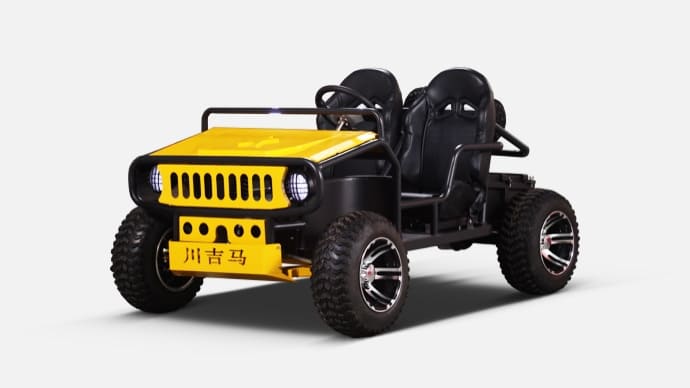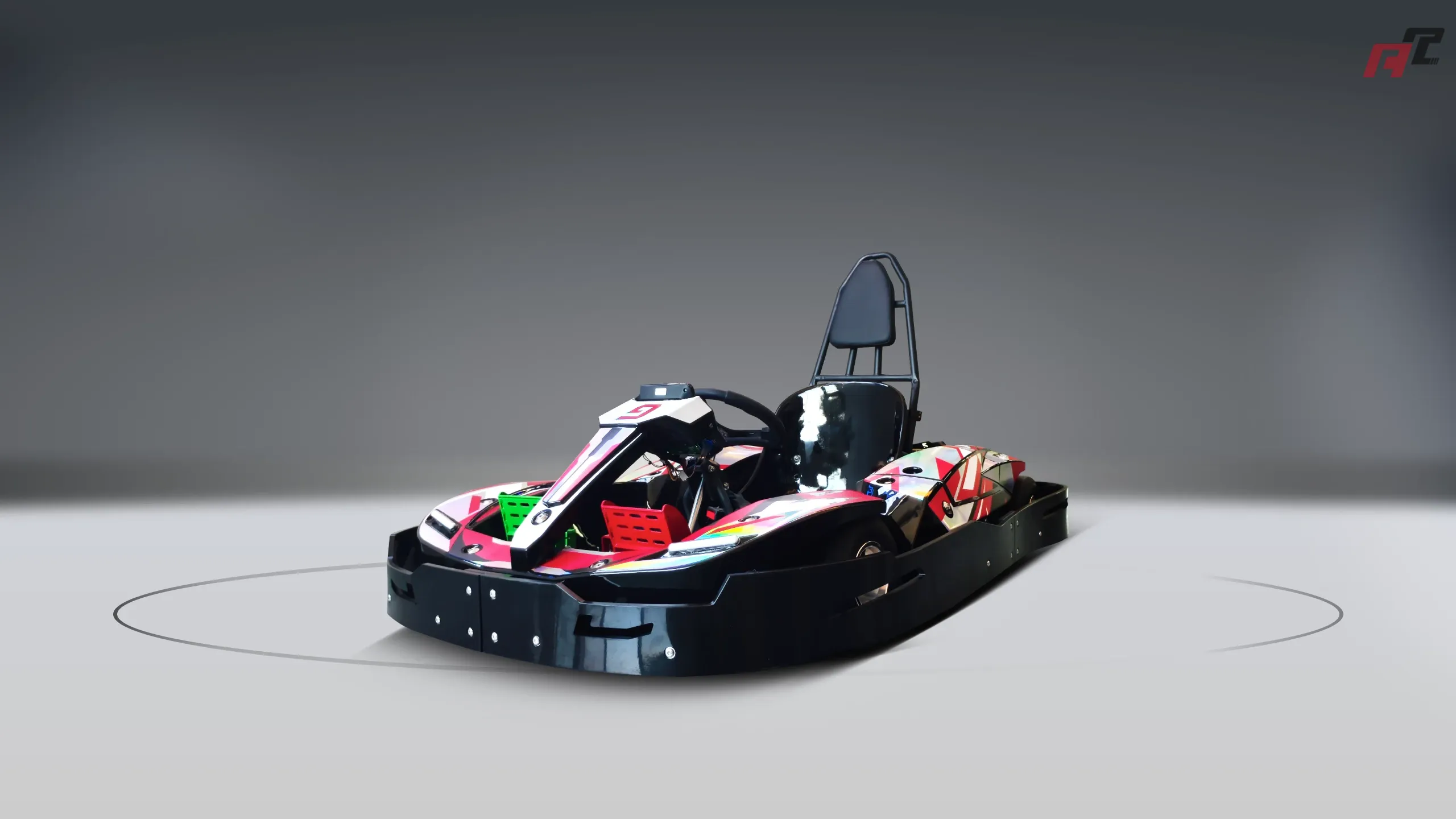how much is bumper cars | ANCHI Expert Guide
Discover the cost of bumper cars and gain valuable insights for go kart industry procurement. This blog addresses top user concerns, including pricing factors, maintenance costs, and supplier selection. Learn from the latest industry data (global go kart market projected to reach $218.99 billion by 2034) and make informed purchasing decisions to enhance your business operations.
How Much Are Bumper Cars? Understanding Costs in the Go Karts Industry
When entering or expanding within the go karts and amusement industry, one of the most common questions is, 'How much are bumper cars?' While the exact cost can vary widely based on factors such as type, quality, and supplier, understanding the pricing landscape is crucial for procurement decisions. Beyond bumper cars, go kart industry professionals also need to navigate a range of considerations when purchasing equipment. This article answers five popular questions related to bumper cars and go karts procurement, leveraging the latest industry data to provide actionable insights.
1. What Factors Influence the Cost of Bumper Cars?
The cost of bumper cars typically ranges from $1,500 to $5,000 per unit for basic models, with premium or custom-designed options exceeding $10,000 per unit. Key factors influencing price include the type of power system (battery-operated or electric floor-powered), build quality, safety features, and branding. Additional costs may arise from shipping, installation, and maintenance packages. For go kart operators looking to integrate bumper cars into their facilities, understanding these variables ensures budget alignment and long-term value.
2. How Do Bumper Cars Compare to Go Karts in Terms of Investment?
While bumper cars and go karts serve different purposes in amusement settings, comparing their costs is essential for procurement planning. A standard go kart can cost between $2,000 and $7,000, with electric models often at the higher end. According to recent market data, the global go kart market size was valued at $154.66 billion in 2024 and is projected to grow to $218.99 billion by 2034 at a CAGR of 3.54% (Precedence Research). Bumper cars, though sometimes cheaper per unit, require arena setup costs, while go karts need track infrastructure. Decision-makers must weigh initial investment against expected ROI based on customer demand and operational needs.
3. What Are the Maintenance and Operational Costs for Bumper Cars and Go Karts?
Maintenance is a significant consideration in procurement. Bumper cars require regular checks on electrical systems, rubber bumpers, and flooring, with annual costs averaging $500 to $1,000 per unit depending on usage. Go karts, particularly gas-powered ones, may incur higher maintenance costs due to engine wear, tire replacements, and fuel, averaging $800 to $1,500 per kart annually. Electric go karts, growing in popularity due to a projected 6.3% CAGR for electric types through 2030 (Allied Market Research), offer lower operational costs but higher upfront prices. Budgeting for these expenses ensures sustainable operations.
4. Where Can I Find Reliable Suppliers for Bumper Cars and Go Karts?
Selecting a reputable supplier is critical for quality and after-sales support. Industry professionals often turn to manufacturers with established track records, such as those providing detailed procurement guides and support (e.g., ANCHI Amusement). Trade shows, online marketplaces, and industry reports like those from Maximize Market Research (go kart market valued at $116.52 billion in 2023) can help identify trusted vendors. When procuring, prioritize suppliers offering warranties, spare parts availability, and compliance with safety standards to minimize risks.
5. What Are the Latest Trends in the Go Karts Industry Impacting Procurement?
The go kart market is evolving rapidly, with a projected growth rate of 5.4% CAGR, reaching $151.45 billion by 2029 (The Business Research Company). Trends such as the rise of electric karts, eco-friendly designs, and enhanced safety features are shaping procurement decisions. Additionally, Toyota’s recent initiative to launch compact go karts for children and adults signals a focus on cultivating early interest in motorsports (The Asahi Shimbun). Staying updated on these trends helps buyers invest in future-proof equipment that aligns with market demands.
Conclusion: Why Choose ANCHI for Your Procurement Needs?
When navigating the complexities of procuring bumper cars and go karts, partnering with a trusted brand like ANCHI Amusement offers significant advantages. ANCHI provides expert guidance on equipment selection, ensuring clarity between bumper cars and go karts to avoid industry confusion. With a commitment to quality, safety, and tailored solutions, ANCHI supports businesses in making informed decisions that drive success in the competitive amusement market.














